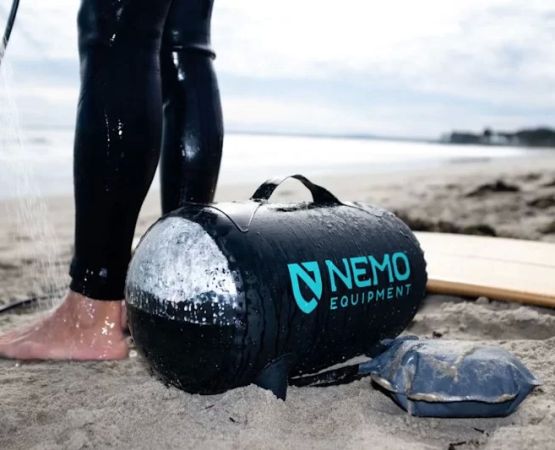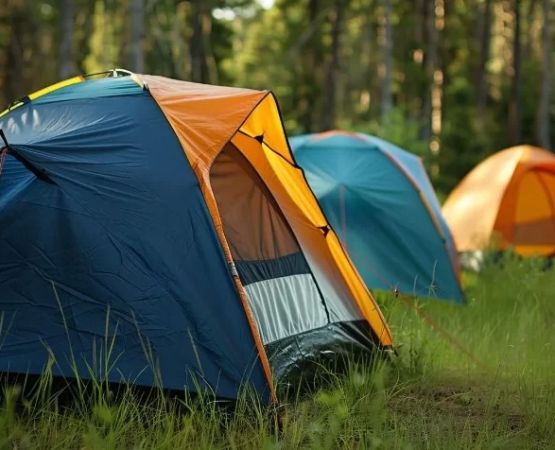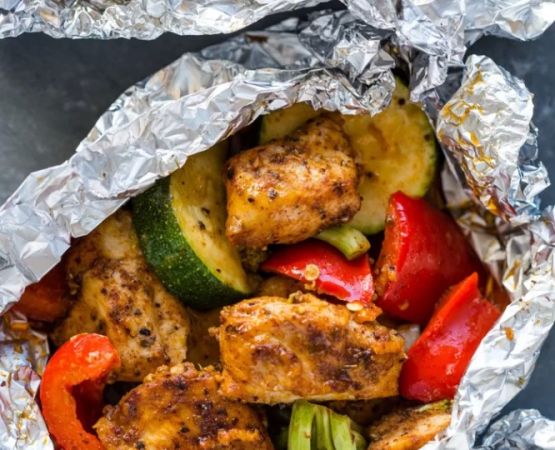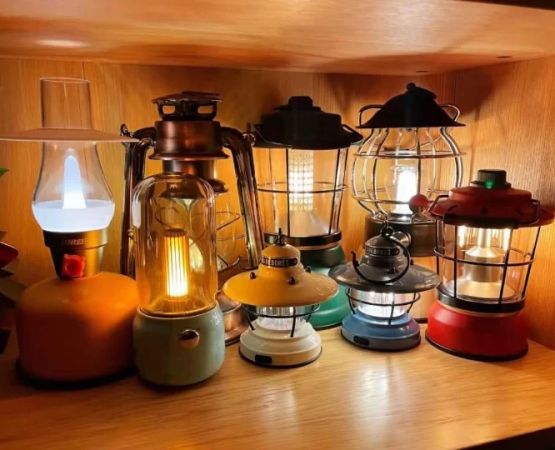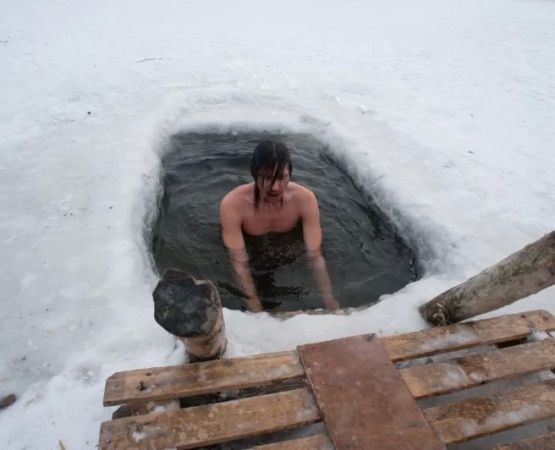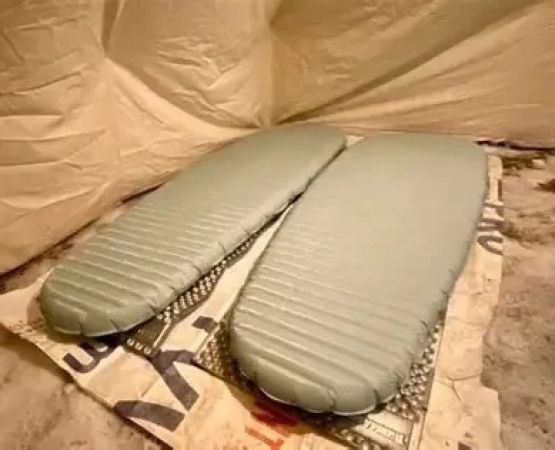- why-a-first-aid-kit-matters-for-every-hiker
- key-factors-when-choosing-a-backpacking-first-aid-kit
- essential-contents-of-a-wilderness-medical-kit
- real-backcountry-scenarios-that-prove-its-worth
- where-to-find-reliable-outdoor-first-aid-kits
1. Why a First Aid Kit Matters for Every Hiker
1.1 Nature Is Beautiful—And Unpredictable
When you're out on a remote trail or deep in the backcountry, even a small injury can escalate quickly without the right supplies. A twisted ankle, a wasp sting, or a blistered heel might seem minor at first, but without proper treatment, it can ruin a trip—or worse. That’s why a well-chosen backpacking first aid kit isn’t just a nice-to-have—it’s essential survival gear.
1.2 Safety Empowers Freedom
With a fully stocked and thoughtfully chosen kit, you're not just carrying bandages and ointments. You’re also carrying peace of mind. It frees you to explore more boldly and go off the beaten path with confidence. It’s about being prepared, not paranoid.
2. Key Factors When Choosing a Backpacking First Aid Kit
2.1 Trip Length and Location
A weekend loop near Pine Cliff Resort doesn’t require the same supplies as a week-long alpine trek in remote wilderness. Consider how far you’ll be from emergency services and what weather, terrain, and wildlife might impact your needs.
2.2 Group Size and Medical Knowledge
The more people you’re hiking with, the more diverse the needs. Also, tailor the kit to your comfort level—if you know how to use a tourniquet or splint, bring one. If you’re newer to first aid, focus on the basics and add tools as your skills grow.
2.3 Weight vs. Utility
Every ounce counts on your back, but don’t sacrifice vital gear for the sake of ultralight bragging rights. Choose compact, multi-use items and remove duplicates. Smart packing is about balance—light enough to carry, complete enough to help.
3. Essential Contents of a Wilderness Medical Kit
3.1 The Must-Haves
At a minimum, every backpacking first aid kit should include antiseptic wipes, adhesive bandages, gauze, tape, tweezers, blister pads, pain relievers, and any personal medications. Beyond that, a CPR face shield, antihistamines, and a compact emergency blanket are excellent additions.
3.2 Customizing Your Kit
Frequent hiker in tick-heavy regions? Add a tick remover. Going to high altitudes? Consider a pulse oximeter. With experience, you’ll learn what works for you. Many hikers at Pine Cliff Resort recommend rotating kit contents every season to match changing conditions.
4. Real Backcountry Scenarios That Prove Its Worth
4.1 The Misstep Near the Cliff
Last fall, a guest at Pine Cliff Resort slipped while descending a mossy slope and suffered a deep knee cut. Thanks to his companion’s first aid training and a well-equipped kit, they controlled the bleeding, cleaned the wound, and hiked out safely. A simple gauze pad and tape likely prevented a hospital stay.
4.2 A Bee Sting Turns Scary
On a spring hike through the pines, a young girl unknowingly stepped near a ground bee hive and got stung. She had a known allergy, and her group had forgotten her epinephrine auto-injector. Luckily, another hiker nearby had one in their kit and saved the day. It was a sobering reminder that what you carry might help someone else.
5. Where to Find Reliable Outdoor First Aid Kits
5.1 Trusted Gear, Local Expertise
The best kits aren’t always found online—they’re often recommended by seasoned hikers who know the area. At Pine Cliff Resort, staff regularly advise guests on what to pack and even stock curated kits for various skill levels and trip types. These kits are field-tested and trusted by real hikers who know the land.
5.2 Consider Your Adventure Goals
A basic trail kit is different from a backcountry survival pack. Choose your gear based on your goals. The more adventurous your route, the more thorough your kit should be. And remember: it’s not just about you—it’s about helping others when it matters most.


